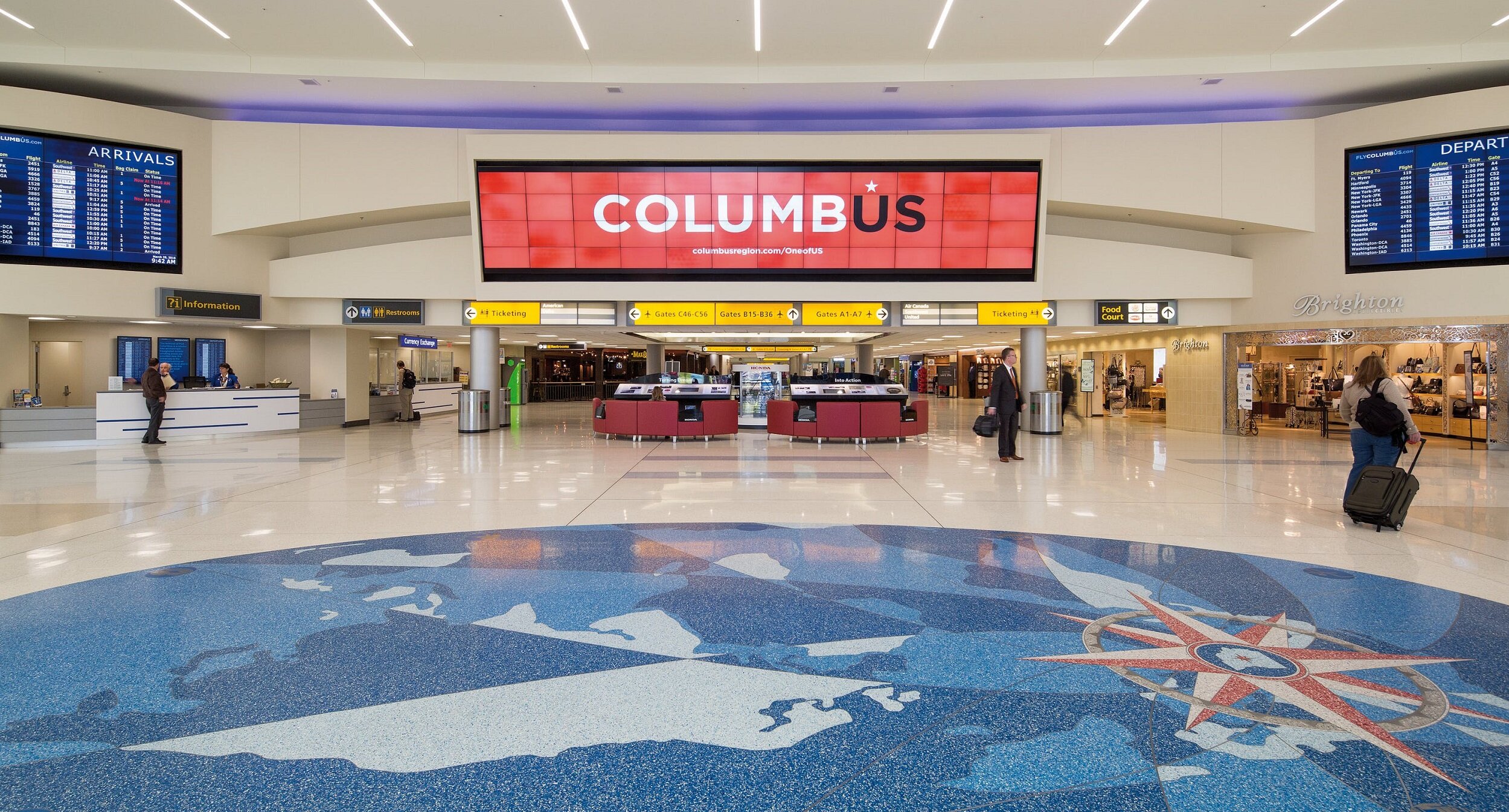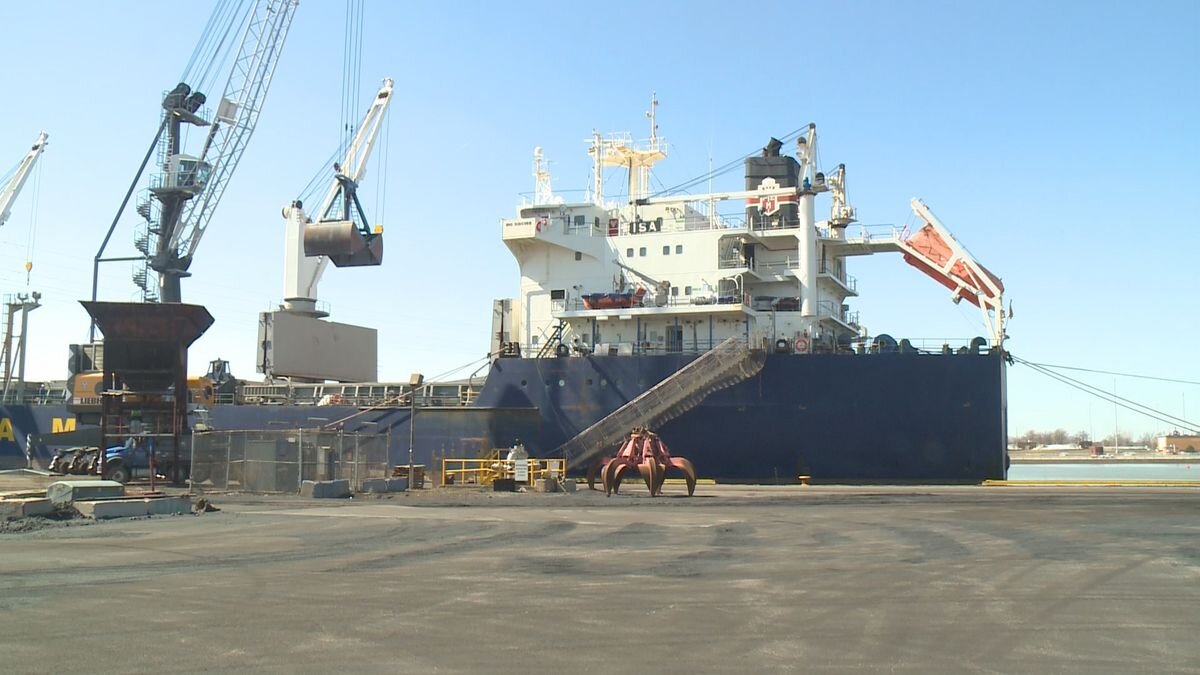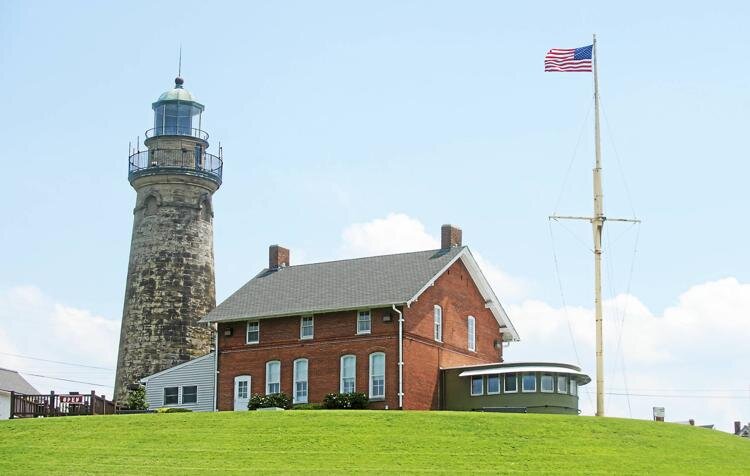During the last six decades, Ohio Port Authorities have evolved from an organizations involved solely with maritime commerce to strong partners in economic development.

What is a Port Authority?
Port Authorities have been a part of American commerce for centuries. The American Association of Port Authorities, formed in 1912, lists 81 Port Authorities in the United States which ring the country from Seattle to Los Angeles-Long Beach to Houston to Miami to New York to Boston. All of these Port Authorities are involved in seaports.
During the last six decades, Ohio Port Authorities have evolved from an organizations involved solely with maritime commerce to strong partners in economic development. Today there are 61 Port Authorities in Ohio, most of which were formed to assist in economic development projects.
An Ohio Port Authority is an independent unit of local government created by one or more of a township, village, city or county under Ohio Revised Code Section 4582. Once created, a Port Authority is not a part of the governmental unit(s) which created the Port Authority. The creating governments appoint members of the Port Authority Board who typically are a cross section of the leaders of the community and may include attorneys, bankers, and the chair or president of businesses and universities and non-profits. Ohio Port Authorities may, or may not, be associated with a water port and participate in maritime commerce. All Port Authorities are involved in the retention and creation of jobs and the improvement of the quality of life in their communities.

What Can a Port Authority Do?
Under Ohio law, a Port Authority can perform “Activities that enhance, foster, aid, provide, or promote transportation, economic development, housing, recreation, education, governmental operations, culture, or research.”
A Port Authority can own, lease, and finance land, buildings and equipment for credit-worthy entities. It can help manufacturers, distribution and transportation facilities, corporate headquarters, medical office buildings, cultural such as a museum of art, mixed use projects including retail and residential, research and technical centers, recreation, governmental operations, and non-profit organizations
Some Ohio Port Authorities have chosen to have more limited responsibilities, such owning a railroad line or managing a small boat marina or operating an airport. Each of these examples fits into the authorized purpose of “transportation.”
Sponsored by:
Bricker Graydon is about building relationships with our clients and the communities we serve. With deep knowledge and even deeper empathy, we remain connected to you.






